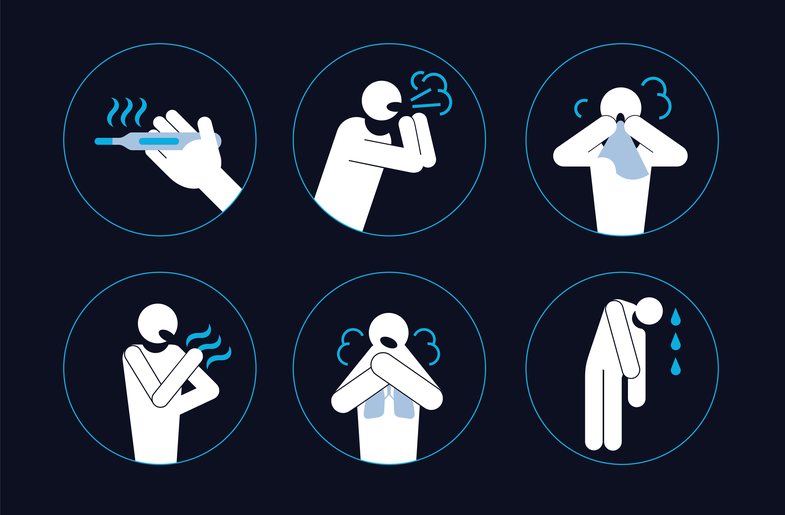
Some people who become infected with Covid-19 experience a mild illness with few symptoms while others may become seriously ill. While you have probably heard a lot about the most severe symptoms, you may be wondering how mild or moderate Covid-19 is.
What are the typical symptoms of Covid-19? The three most commonly reported trusted symptoms of the trusted source of Covid-19 are: fever, cough, and fatigue.
Some of the other symptoms of Covid-19 may include:
- Shortness of breath
- Loss of smell or taste
- Body aches and pains
- Headache
- Sore throat
-
Runny nose - Symptoms of digestive problems, such as vomiting, nausea , diarrhea
In what typical order do the symptoms appear? The order of symptoms may vary from person to person, but generally appear: fever - cough - nausea or vomiting - diarrhea
Mild vs. moderate to severe symptoms
The severity of Covid-19 is often divided into categories: light, moderate and heavy. But what do these terms really mean?
Mild illness: The person has any of the symptoms of Covid-19 in addition to shortness of breath and difficulty breathing.
Moderate illness: The person may have a respiratory illness, such as pneumonia. However, blood oxygen levels remain at 94% or more.
Severe illness: The person has blood oxygen levels that are less than 94%, a high respiratory rate, and signs of severe lung disease.

- Experts do not rule out the possibility of tightening measures: When is the situation expected to calm down?
- Covid-19 is increasing religious tolerance: Here's how!
- China Conspiracy Theory for Virus: 'US Dark Side'
- Which destinations are safer to book holidays this year?
- New study: 20.5 million years of life lost by Covid! What does this mean?
- Why do antibodies fade after a Covid-19 infection and will the same thing happen with the vaccine?
Burimet: Healthline, National Institutes of Health





